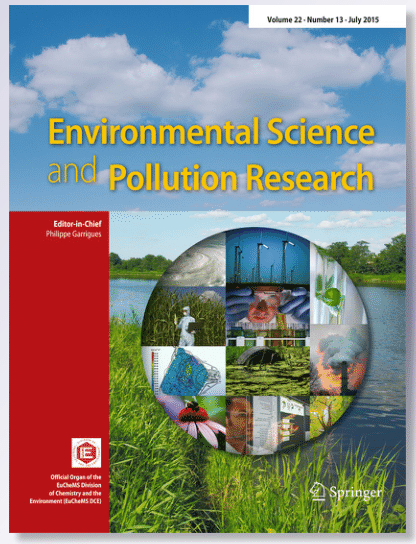Assessment of the suitability of activated carbon with a modified surface for the adsorptive removal of radionuclide ions from aqueous solutions
Abstract
Commercial granular activated carbon, commonly applied in water purification, was used in this work for the adsorptive removal of radioactive metal ions. Relatively cheap methods were used to modify the commercial activated carbon: soluble components of ash were removed from part of it by washing with hot distilled water and another part was subjected to surface oxidation with 30% hydrogen peroxide. The carbon samples were characterized using different techniques. The specific surface area and micro-/mesopore volumes for the samples were calculated on the basis of determined nitrogen adsorption isotherms, and the chemical nature of the surface of the activated carbon samples was also studied. All three samples were used to study the sorption of radioactive metal ions of Cs(I), Sr(II), Co(II) and Am(III). These metal ions have been selected for testing as potential reactive water contaminants that may appear in water as a result of a nuclear power plant accident (Tan et al. 2024). The adsorption process has been identified and studied under different conditions and found to be dependent on solution pH as well as adsorbent mass. The sorption capacity of the activated carbon samples was determined as removal efficiency (R) and distribution coefficients (Kd). On the basis of the results obtained, the modification process of the activated carbon had a slight influence on its adsorption efficiency towards the radioactive metals.

 求助内容:
求助内容: 应助结果提醒方式:
应助结果提醒方式:


